
Latin name: Solenostemon scutellarioides Common name: Miniature coleus Growth rate: Varies Plant type: Annual Cultural needs: Full sun to partial shade, moderate water Coleus plants aren’t just for windowsills and border edging anymore. Hundreds of exciting varieties are now available from specialty growers, offering an amazing array of colors and textures for gardens everywhere. Miniature […]
Read More…
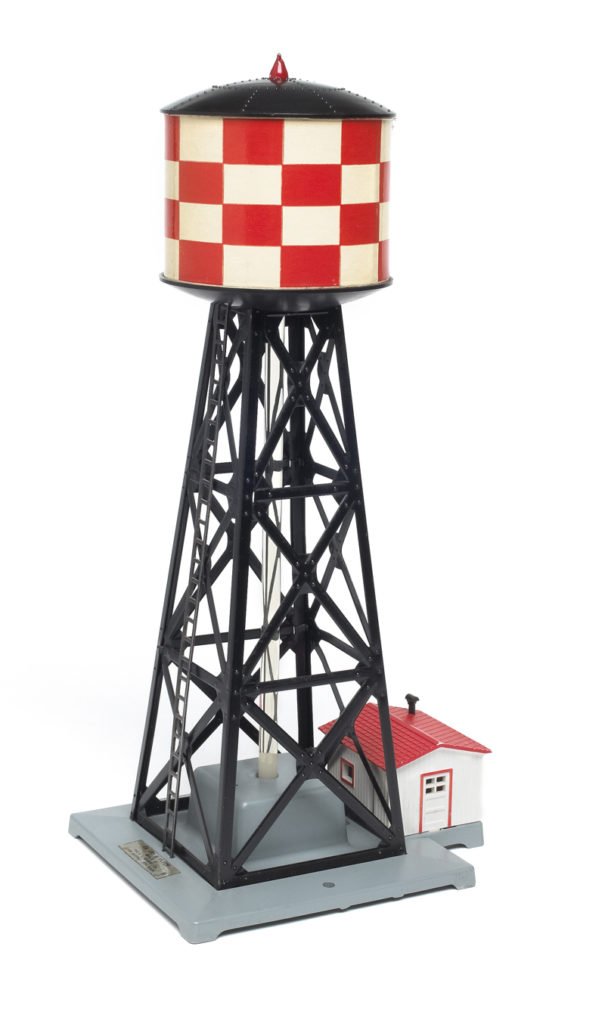
Toy train firms selling miniature versions of steam locomotives knew the full-size versions of those models needed to fill their boilers with cool water on a regular basis so their firebox could heat the water until it boiled. Then it could produce steam to move the rods and pistons that kept the drive wheels moving. […]
Read More…
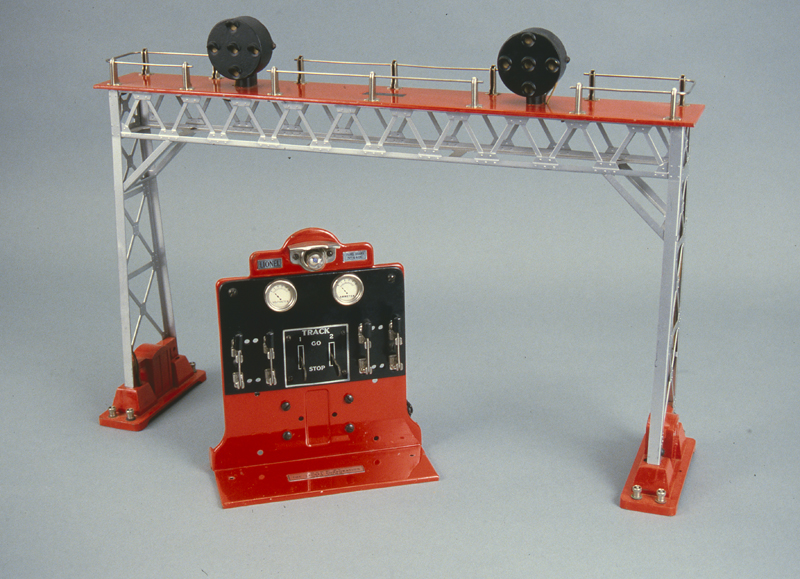
Imagine you’re in midst of designing a three-rail layout with a decidedly toy look. Maybe you want to give a sense of what electric trains were like before plastic models became prevalent. Or perhaps you have in mind an environment in which gaily colored playthings made of tinplated sheet metal predominate. Wisely, you’ve decided to […]
Read More…
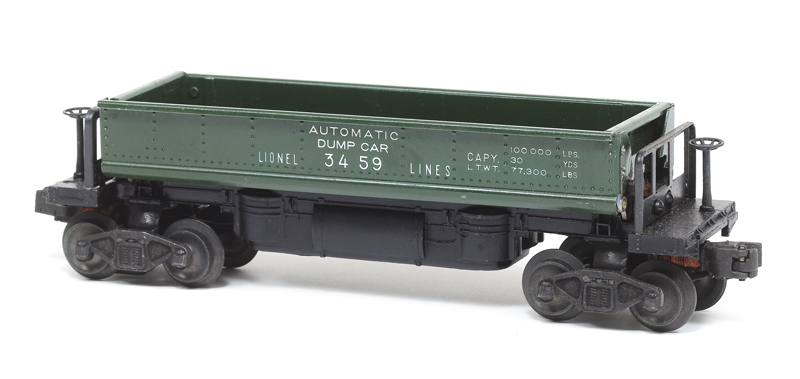
Take a look at the Lionel No. 3459 automatic dumping ore car, cataloged from 1946 through 1948. The most common version of this model came with a black-painted frame and black metal tray with “Lionel Lines” heat-stamped on both sides in white. Lionel offered this variation for all three years it cataloged the 3459 and […]
Read More…
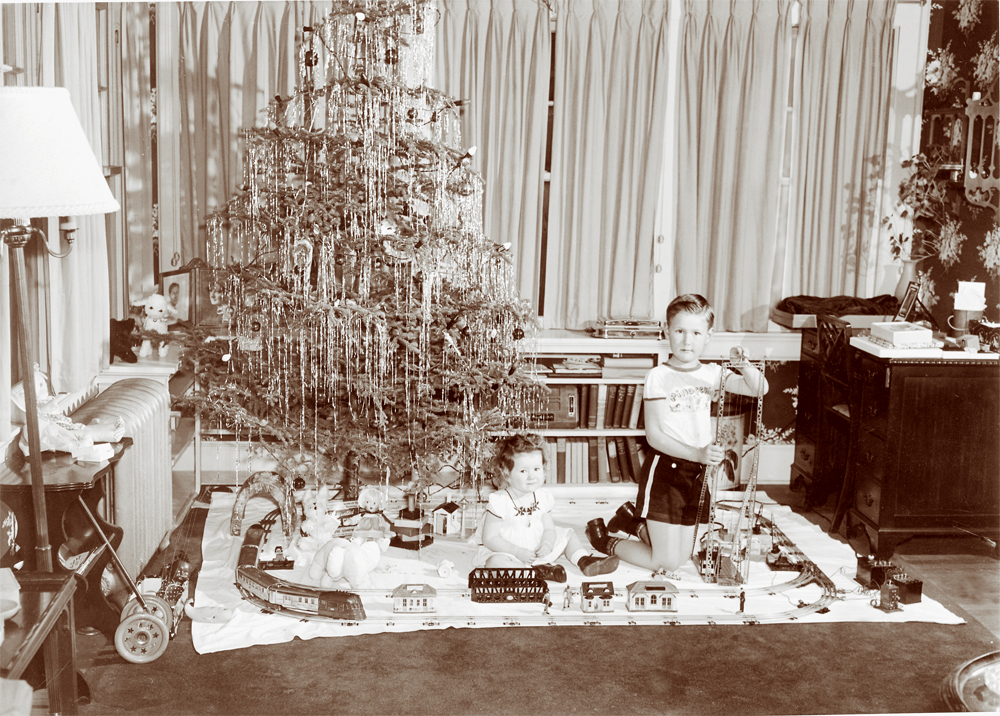
Christmas tree train set The history of the “putzen” In as early as the 18th century, Protestants immigrating to America were making miniature Nativity scenes in their homes around Christmastime. The Moravians, who at the time settled in the Lehigh Valley (eastern Pennsylvania), are recognized for consistently doing this activity. The term “putzen” is a […]
Read More…
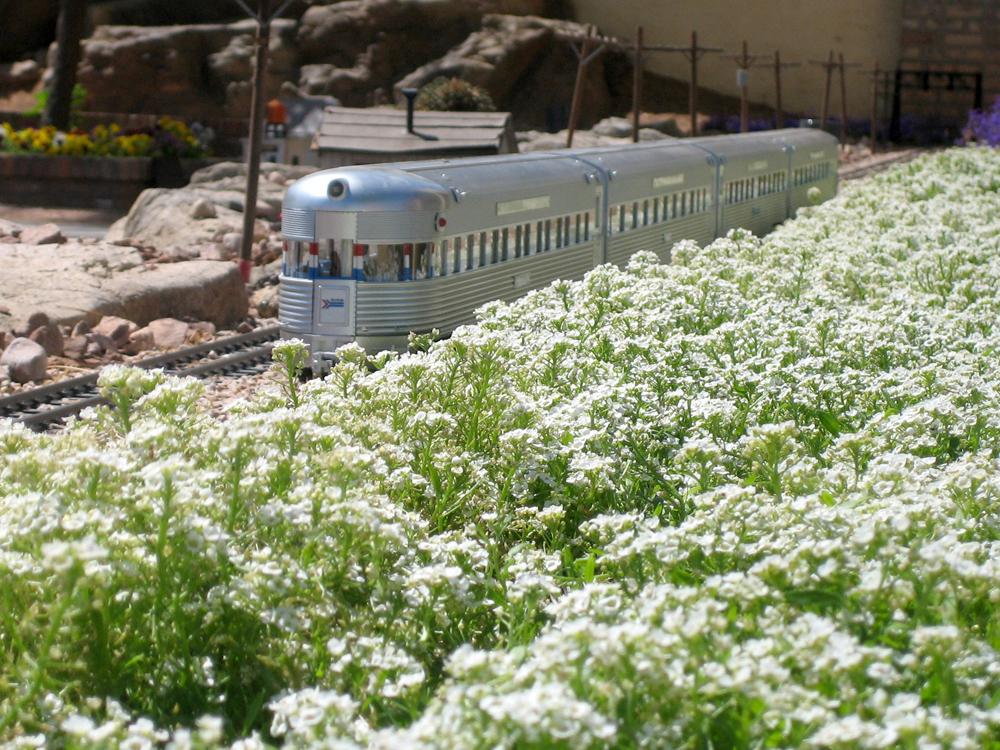
Common name: Sweet alyssum Latin name: Lobularia maritima Plant size: Under 6″ Plant type: Annual USDA Hardiness Zones: 9-11; grown as an annual in colder Zones Cultural needs: Almost any well-drained soil; full sun to part shade Originally from southern Europe, sweet alyssum has naturalized throughout the US as a hardy annual, reseeding year after […]
Read More…
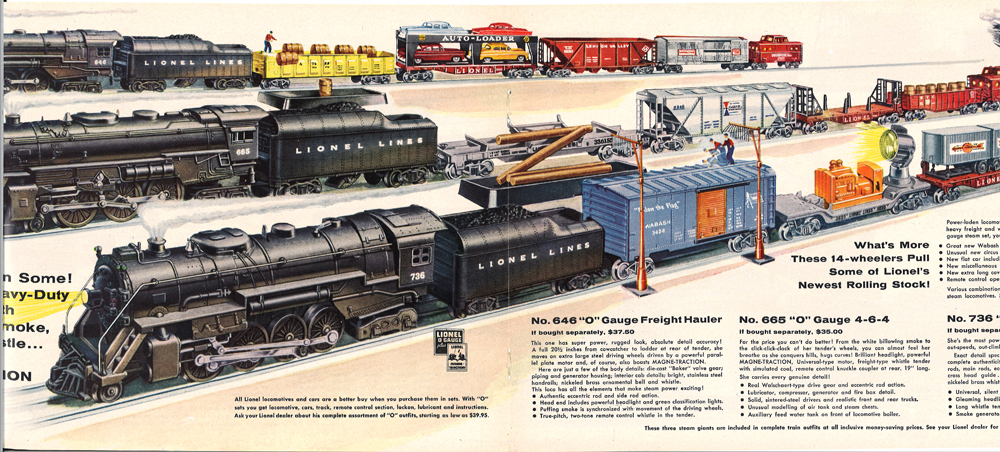
Lionel’s perfect postwar train set The perfect postwar Lionel train set should have a great locomotive, exciting and attractive pieces of rolling stock, and maybe an operating accessory. There would be plenty of track, too. Which engine and cars would you choose if you were able to assemble a perfect outfit from the post-World War […]
Read More…
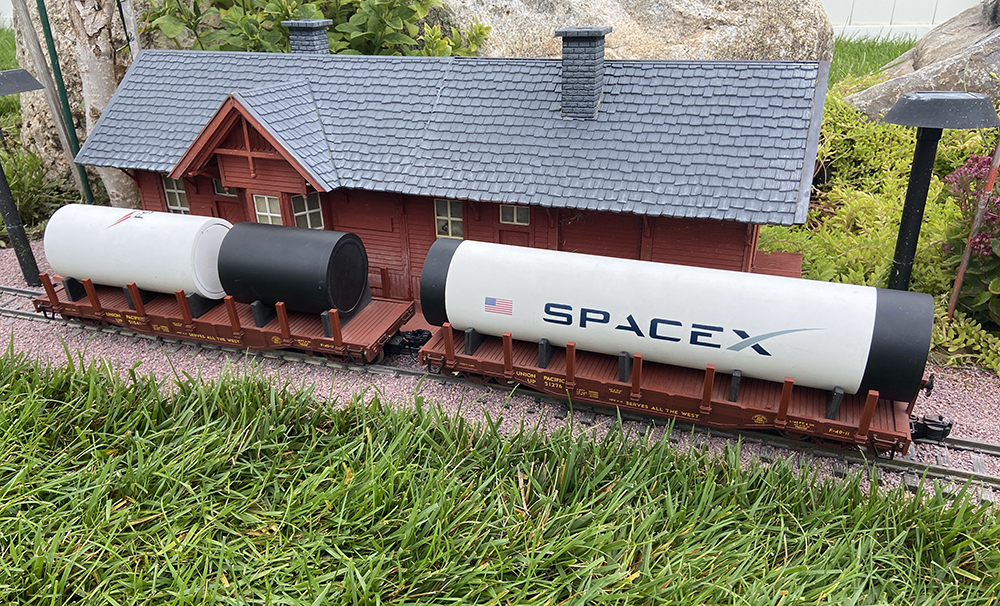
Have you ever considered making rocket component loads for your flatcars? Over the years I’ve seen some interesting flatcar loads on full-size trains, but I wanted to build something I’ve never seen before. I’m interested in watching rocket launches, so I decided to scratchbuild SpaceX rocket component loads. The rocket I built isn’t modeled after […]
Read More…
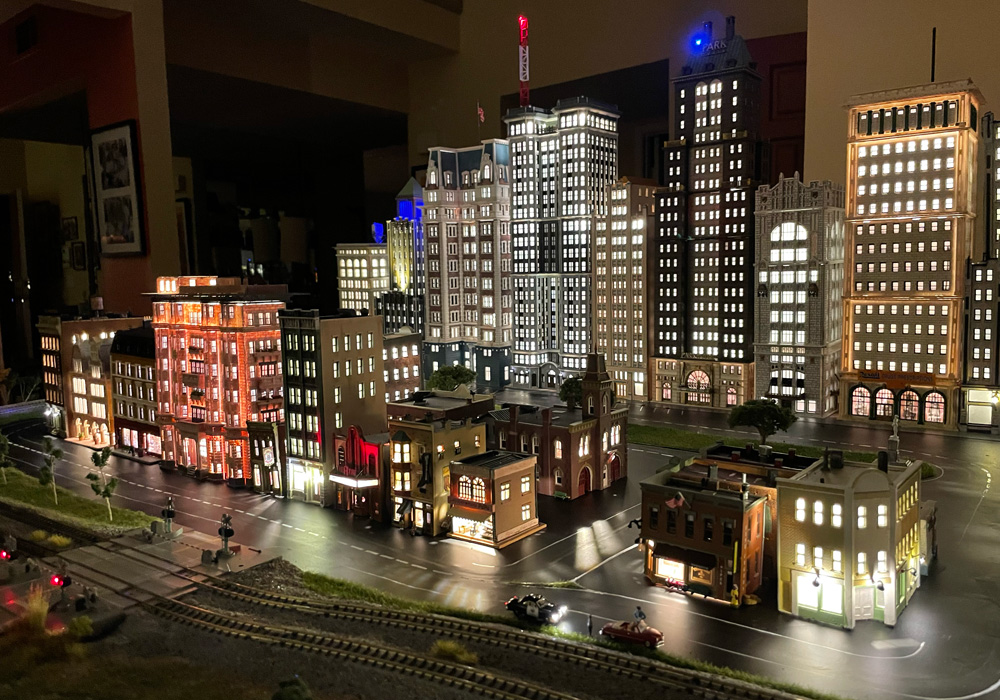
By Ari Sandel Ever since I was a little kid I’ve always loved miniatures, whether I was making models or painting toy soldiers. And though I always appreciated trains, I never had an actual train set because it seemed so intimidating. Flash forward to me in my 40s, when I convinced my best friend to […]
Read More…
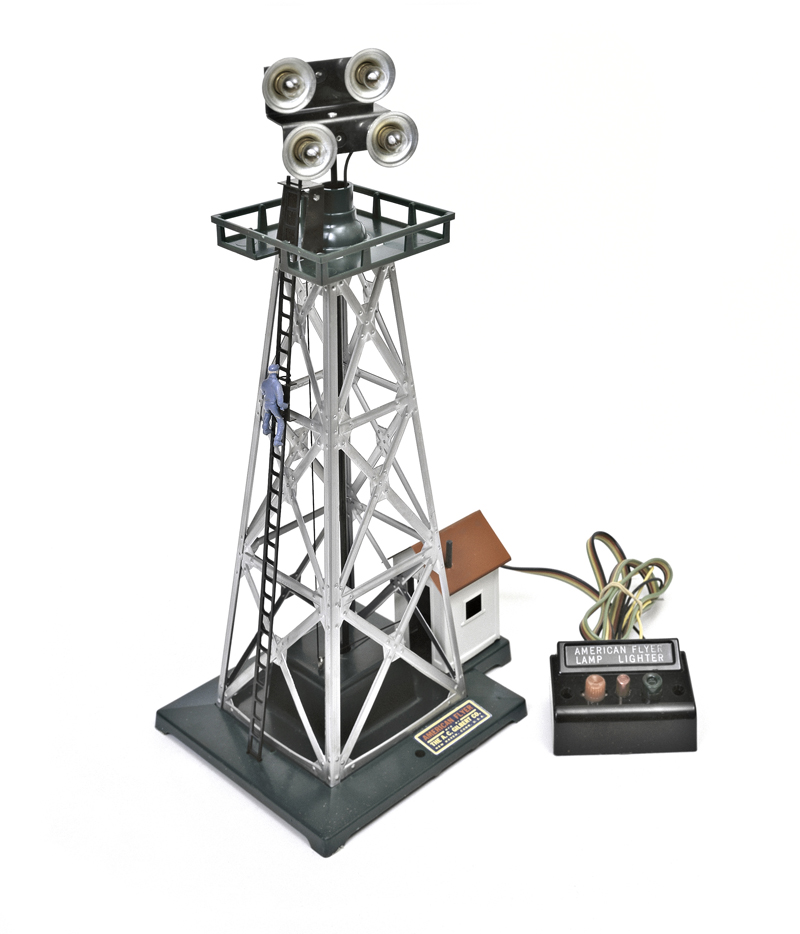
Lionel wasn’t alone in making landmark accessories after World War II. Colber and Marx brought out great ones. Above all, the A.C. Gilbert Co. developed outstanding S gauge accessories for its American Flyer line. One of the most significant and collectible was the No. 23780 Gabe the Lamp Lighter. The 23780, arguably the last great […]
Read More…
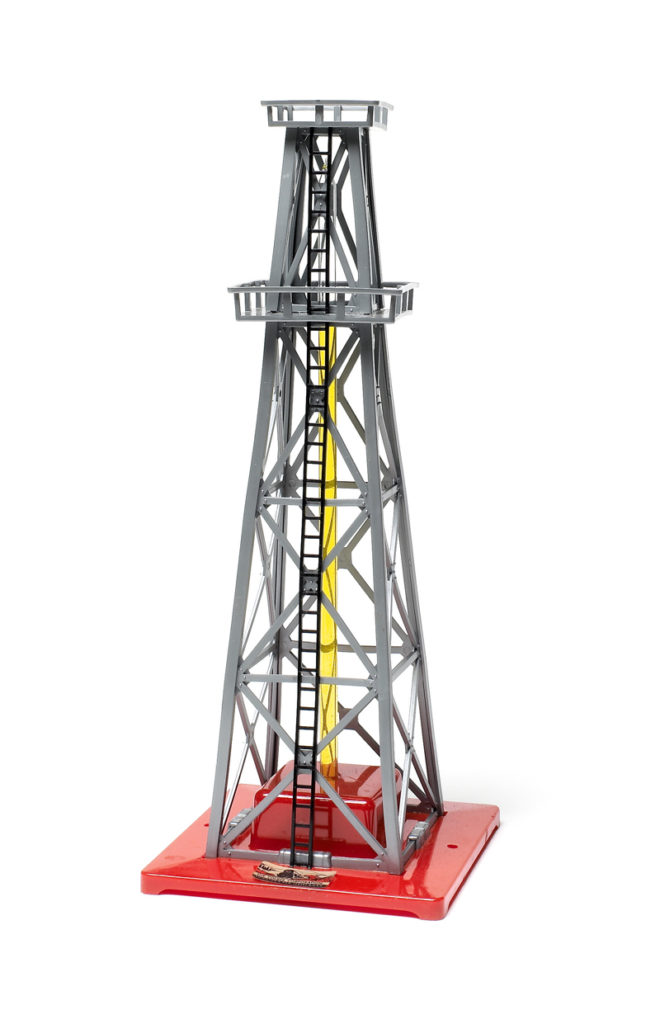
Amazing how an idea can take off and conquer a segment of the toy industry in the blink of an eye. In 1950, three manufacturers introduced oil derricks. No big deal except that, even though toy manufactures had been producing miniature oil cars since the very first years of the 20th century, there were no […]
Read More…
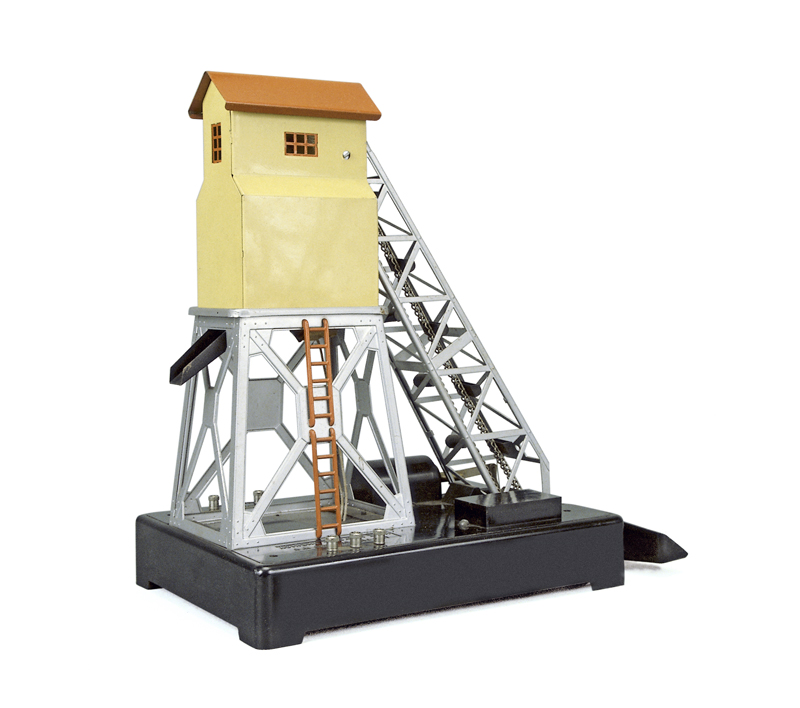
The trend of motorized accessories replicating activities associated with railroading began at the Lionel factory in New Jersey. Let’s spotlight the revolutionary No. 97 coal elevator, which made its debut in 1938. Prototypical – not always accurate The idea of a vertical loader with buckets on a chain that lifted coal from a receiving bin […]
Read More…












